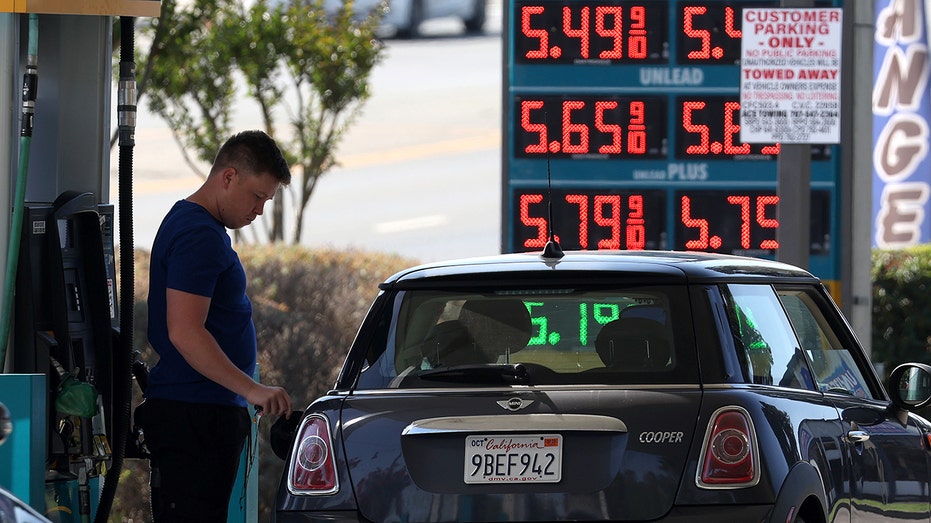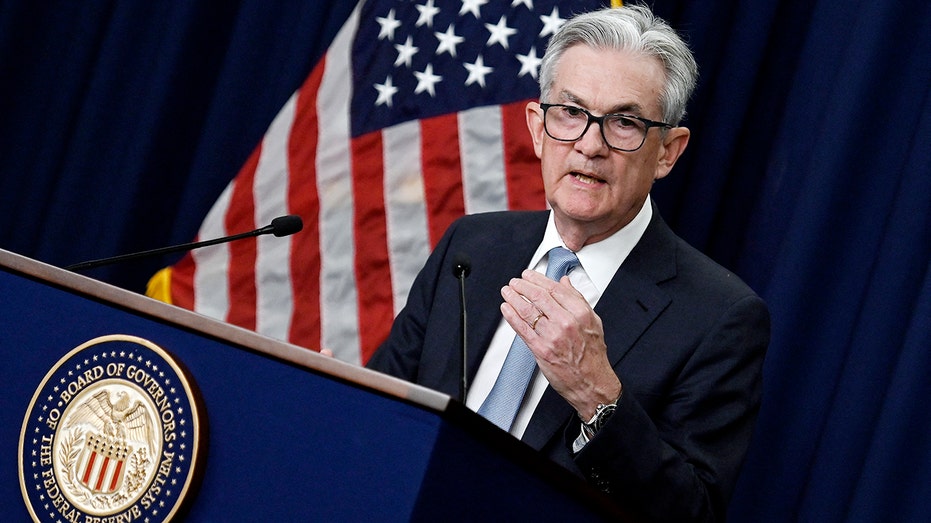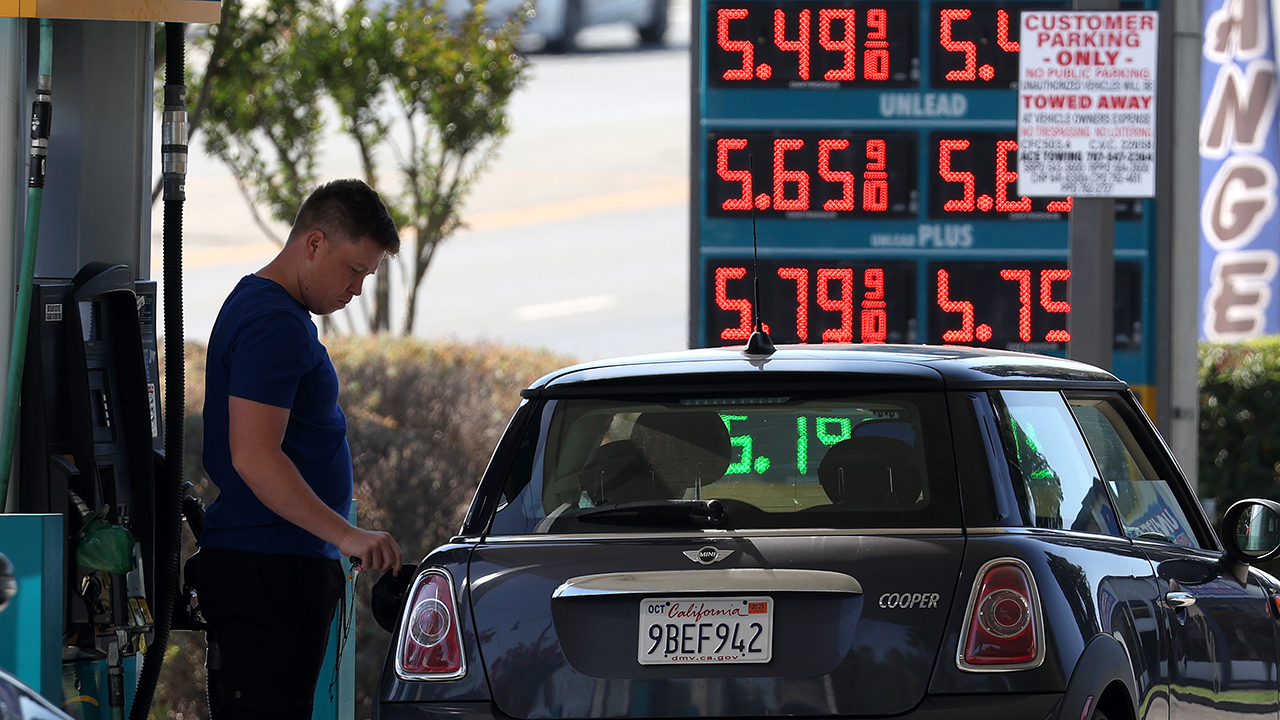Wholesale inflation surges more than expected in August
Wholesale inflation surges in August as high prices persist
We are seeing an uptick in underlying inflation: John Carney
Breitbart economics and finance editor John Carney explains the impact of 'Bidenomics' on 'Kudlow.'
Inflation at the wholesale level surged more than expected in August, reversing previous declines as consumers continued to grapple with the rising cost of everyday goods.
The Labor Department said Thursday that its producer price index, which measures inflation at the wholesale level before it reaches consumers, climbed 0.7% in August from the previous month. On an annual basis, prices are up 1.6%.
Those figures are both higher than the 1.2% headline increase and 0.4% monthly figure forecast by Refinitiv economists.
AUGUST INFLATION BREAKDOWN: WHERE ARE PRICES RISING AND FALLING THE FASTEST?
However, excluding the more volatile measurements of food and energy, so-called core inflation rose 0.2% for the month, in line with expectations and below the 0.3% reading in July. The figure was up 2.2% on a 12-month basis.
HOUSING AFFORDABILITY PLUMMETS TO LOWEST LEVEL SINCE 2007 AS PRICES JUMP
The spike came largely as a result of higher gasoline prices. The gas index surged 20% in August, contributing to a 10.5% increase in energy prices. Altogether, the goods index climbed 2% in August — the biggest one-month advance since June 2022, the Department of Labor said in the report.
The services index, meanwhile, climbed just 0.2% following a 0.5% reading the previous month. Leading the increase was a 1.4% jump in the cost of transportation and warehousing services.

A customer pumps gas at a gas station in Petaluma, California, on Wednesday. (Justin Sullivan/Getty Images / Getty Images)
The data comes a day after the Labor Department reported that the consumer price index, which measures the prices paid directly by consumers, rose 0.6% in August from the previous month, the fastest monthly increase this year. Prices jumped 3.7% from the same time last year, faster than expected.
Both releases are considered to be important measurements of inflation, with the PPI believed to be a leading indicator of inflationary pressures as costs work their way down to consumers. The different gauges point to inflation that is still running above the Federal Reserve's preferred 2% target.
The back-to-back inflation reports will have major implications for the Fed, which is tightening rates at the fastest pace in decades as it tries to cool the economy. The central bank has approved 11 rate hikes over the course of 16 months, lifting the federal funds rate to the highest level since 2001.

Federal Reserve Chair Jerome Powell speaks during a news conference on interest rates, the economy and monetary policy actions at the Federal Reserve Building in Washington, D.C., on June 15, 2022. (OLIVIER DOULIERY/AFP via Getty Images / Getty Images)
Still, policymakers are widely expected to skip an interest rate increase at their upcoming meeting on Tuesday and Wednesday, despite the latest uptick in inflation. The probability of a 12th rate hike in September is just 3%, according to data from the CME Group's FedWatch tool, which tracks trading. However, the hotter-than-expected reports may pave the way for another rate increase in the fourth quarter.
GET FOX BUSINESS ON THE GO BY CLICKING HERE
The Fed will meet two more times this year, after next week's gathering, in November and December.
"The Fed has indicated that they want to slow down the pace of rate increases, and for that reason they are still likely to keep rates unchanged at next week’s meeting," said Chris Zaccarelli, Chief Investment Officer at Independent Advisor Alliance. "But all of the data that is coming in higher than expected is going to put pressure on them to raise rates again at the following meeting,"





















